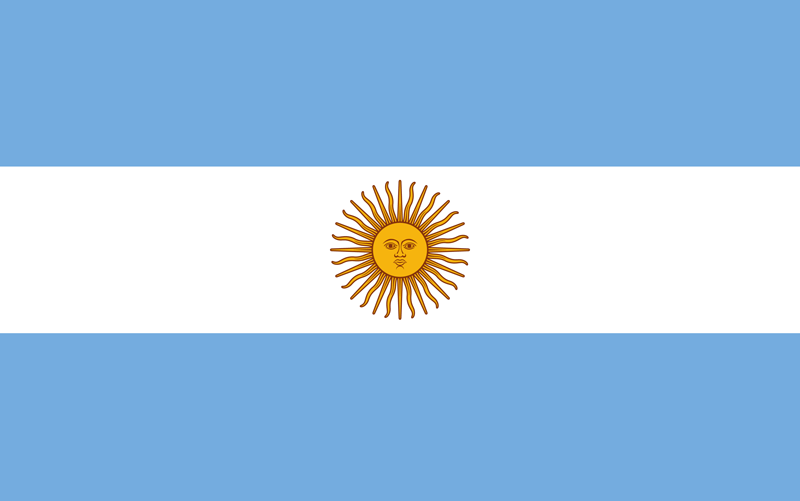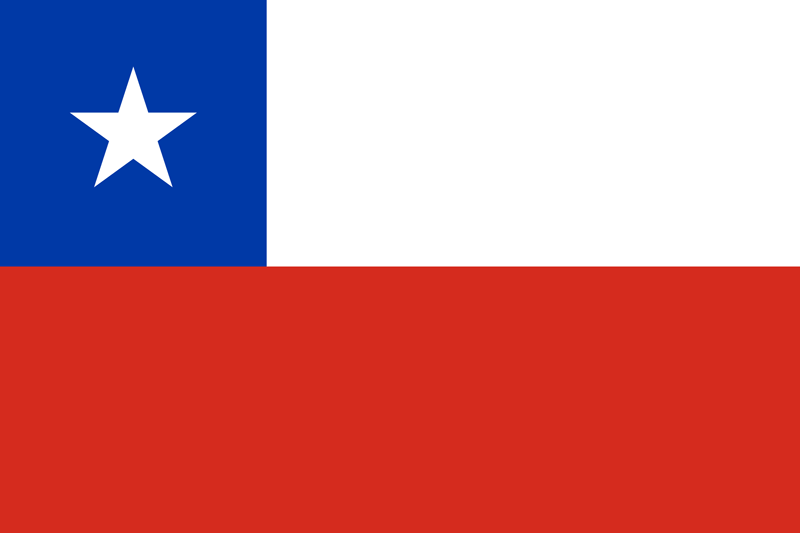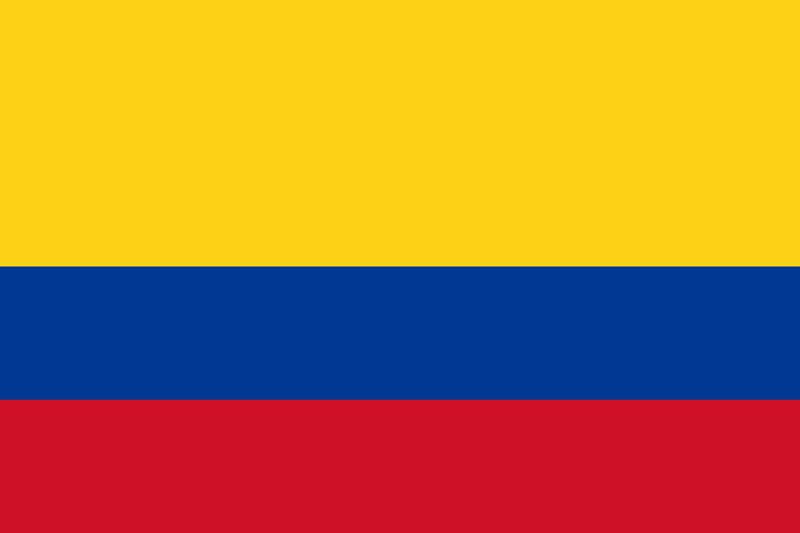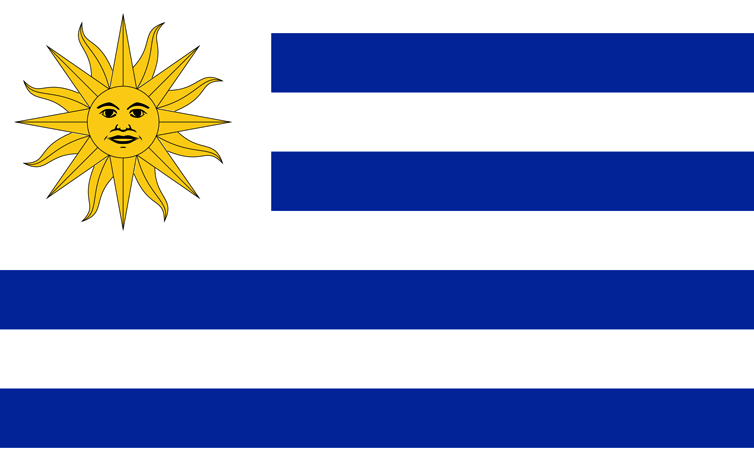VENTUS EVALÚA EL POTENCIAL DE BLOCKCHAIN PARA EL MERCADO ENERGÉTICO
- 14 de junio de 2018
[tp lang=»es» not_in=»en»]
Fuente: Criptodinero.es
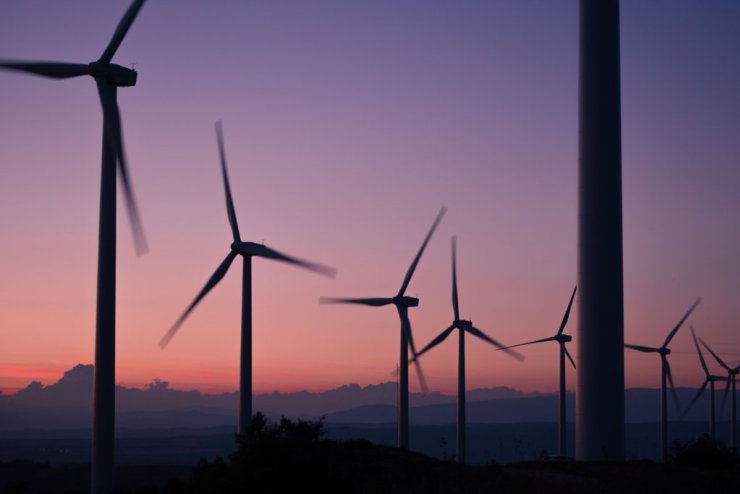
En otra muestra de la gran cantidad de aplicaciones y usos que tiene esta tecnología, la empresa uruguaya de ingeniería Ventus, dedicada a desarrollar y construir proyectos eólicos y de energías renovables, se encuentra evaluando e investigando acerca de las posibilidades de blockchain en el campo de la energía eléctrica…
Criptodinero.es inició un ciclo destinado a protagonistas y proyectos relacionados a blockchain en Uruguay, incluyendo la voz de los pioneros y principales actores de esta tecnología a nivel local.
Para esta entrega, nos contactamos con Francis Raquet, ingeniero y uno de los directores de Ventus; compañía que proporciona servicios para la construcción de proyectos eólicos en todas sus etapas, incluyendo el desarrollo, ingeniería, construcción y operación, así como también a la comercialización de energía.
“Estamos estudiando el tema desde hace algunos años. Tenemos dos proyectos de minería en estudio: uno de 1MW con ampliación a 5MW y otro de 15MW. Para ello, tanto en el área de minería como en blockchain, nos hemos asociado con profesionales especialistas en la materia”, contó a Criptodinero.es Francis Raquet.
Por ello, le consultamos a Rosana García, especialista en el área de aplicaciones de blockchain acerca de los proyectos que vienen desarrollando dentro de Ventus.
¿Por qué empezaron a trabajar con blockchain y desde hace cuánto? ¿En qué consiste el proyecto que llevan adelante en Ventus y en qué etapa se encuentra?
Rosana García: De la misma manera que en el resto del mundo, Ventus comenzó con proyectos de blockchain relacionados a Bitcoin.
Blockchain, como tecnología detrás del Bitcoin, comienza a concentrar la atención desde el surgimiento de Ethereum y sus contratos inteligentes. Es ahí que blockchain empieza a desembarcar en todas las industrias. Y la energía es una de ellas.
Ventus comienza entonces una investigación sobre posibilidades de desarrollo con blockchain en el mercado energético y a principios de este año, me sumé a estudiar viabilidad de proyectos junto con ellos. En este momento, estamos en fase de investigación, estudiando proyectos que ya están en marcha en otras partes, como ICOs relacionadas a incentivos de generación de energía renovable, y proyectos en fase beta en generación distribuida, tracking de energía, flexibilización de la demanda. Este tipo de proyectos recién mencionados están en fase conceptual.
¿En qué casos recomendarías a las empresas el uso de esta tecnología descentralizada?
RG: Esta es una buena pregunta. Desde el punto de vista técnico, blockchain es una base de datos distribuida, pero una base de datos al fin y al cabo. El uso de tecnología distribuida tiene que responder a una necesidad de tu proyecto. Aunque también es importante entender que Internet está en un punto de inflexión, donde está pasando de ser una red de la información a una red del valor.
Este cambio termina modificando la forma de la red y la forma de las relaciones en la red. Entonces, todos los conceptos de seguridad de la información (garantizar confidencialidad, disponibilidad e integridad de los datos), ahora deben aplicarse al valor. Por esto, más que preguntarse la pertinencia del uso de una tecnología distribuida, yo me preguntaría cómo distribuir y qué distribuir.
La existencia de blockchains públicas y privadas puede ser la respuesta a esta pregunta. Identificar puntos de intercambio de datos (valor) en tu proyecto es un buen punto inicial para ver cómo adoptar blockchain.
¿Qué tan lejos estamos de una adopción masiva de esta tecnología?
RG: Google está buscando cómo adoptar el uso de blockchain. Creo que esa es la distancia, jaja.
¿Cuáles son las principales áreas de interés de las empresas que consultan por blockchain?
RG: Criptomonedas, por ahora.
Algunas dificultades al momento de desarrollar esta tecnología, por ejemplo a nivel de costos…
RG: El pasaje del mundo de lo intangible a lo tangible es lo más dificultoso. Y los costos están asociados a lo tangible. Las plataformas como Ethereum o NEM permiten jugar con blockchain en el mundo de la red. Pero el mundo real tiene sus normas legales y sus costos de desarrollo físico. Esa es la principal barrera para los desarrollos con blockchain fuera de la red.
[/tp]
[tp lang=»en» not_in=»es»]
Source: Criptodinero.es

In another example of the great number of applications and uses that this technology has, the Uruguayan engineering company Ventus, dedicated to develop renewable energy projects, is evaluating and investigating the possibilities of including blockchain in the field of the electric energy.
Criptodinero.es initiated a cycle of interwiews with experts related to blockchain in Uruguay, including the main actors of this technology at a locally.
In this ocassion, we contacted Francis Raquet, engineer and one of Ventus’ directors; company that provides services for the construction of wind projects in all its stages, including development, engineering, construction and operation, as well as energy trading.
«We have been studying the subject for some years now. We have two mining projects under study: one of 1MW, with expansion to 5MW, and another of 15MW. We have partnered with specialists in the field » said Francis Raquet to Criptodinero.es.
For this reason, we asked Rosana García, a specialist in the area of blockchain applications, about the projects that have been developed within Ventus.
Why did they start working with blockchain and for how long? What is about the projet that Ventus is carrying out in and at what stage is it in?
Rosana García: In the same way as in the rest of the world, Ventus started with blockchain projects related to Bitcoins.
Blockchain begins to focus its attention trough Ethereum, since its origin. It is there that blockchain begins to operate in all industries. And energy is one of them.
Ventus began an investigation into possibilities of development with blockchain in the energy market and at the beginning of this year, I joined to study feasibility of projects together with them. At this moment, we are in the research phase, studying projects that are already underway elsewhere, such as ICOs related to renewable energy generation incentives, and beta projects in distributed generation, energy tracking, flexibility demand. These types of projects just mentioned are in conceptual phase.
In which cases would you recommend to companies the use of this decentralized technology?
RG: This is a good question. From the technical point of view, blockchain is a distributed database. The use of distributed technology has to respond to a need of your project. Although it is also important to understand that the Internet has been a turning point, where it is changing from being a network of information to a valuable network.
This change modifies the form of the network and the form of the relationships in the network. Then, all the concepts of information security (guarantee confidentiality, availability and integrity of the data) must now be applied to the value. For this reason, better than asking about the relevance of the use of a distributed technology, I would ask myself how to distribute and distribute.
The existence of public and private blockchains may be the answer to this question. Identify data exchange points (value) in a project is a good starting point to see how to adopt blockchain.
How far are we from a massive adoption of this technology?
RG: Google is looking for how to adopt the use of blockchain. I think this is a good example of realizing how far are we from adopting this technology.
What are the main areas of interest of the companies that consult by blockchain?
RG: Fort he time being, Cryptocurrencies.
Which are the difficulties when developing this technology? Is costs one of them?
RG: The change from the world of the intangible to the tangible is the most difficult one. Costs are associated with the tangible world. Platforms like Ethereum or NEM allows blockchain in the world of the network. But the real world has its legal rules and its costs of physical development. That is the main barrier for developments with blockchain outside the network.
[/tp]
